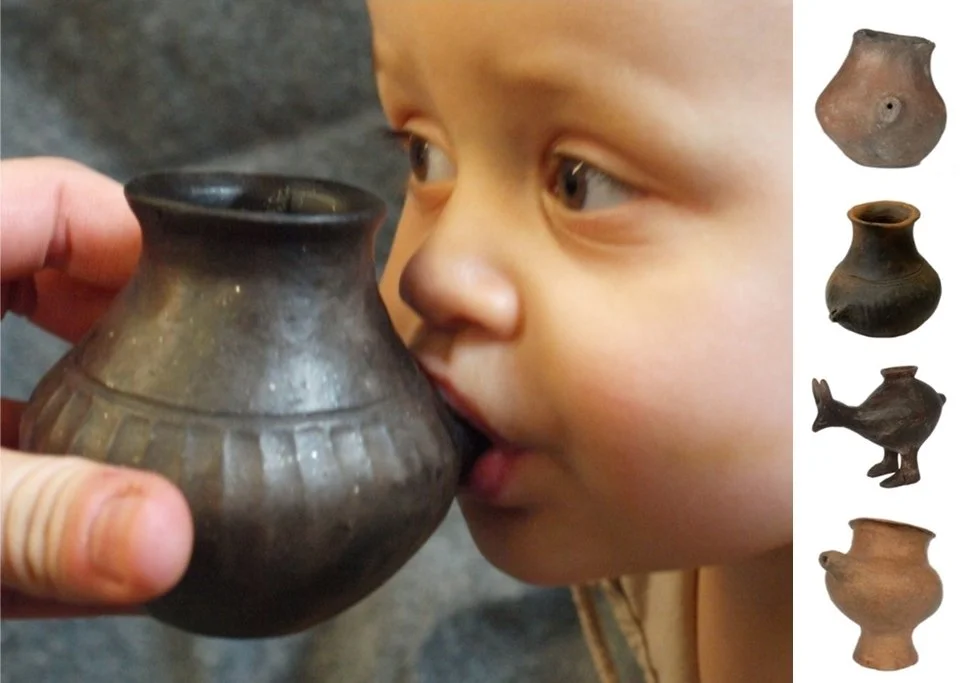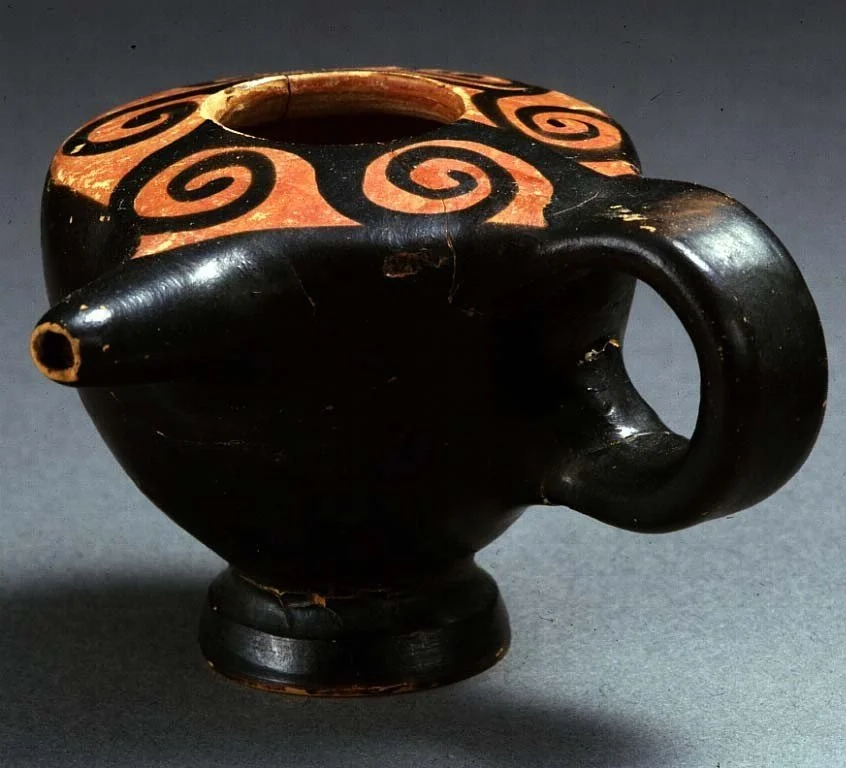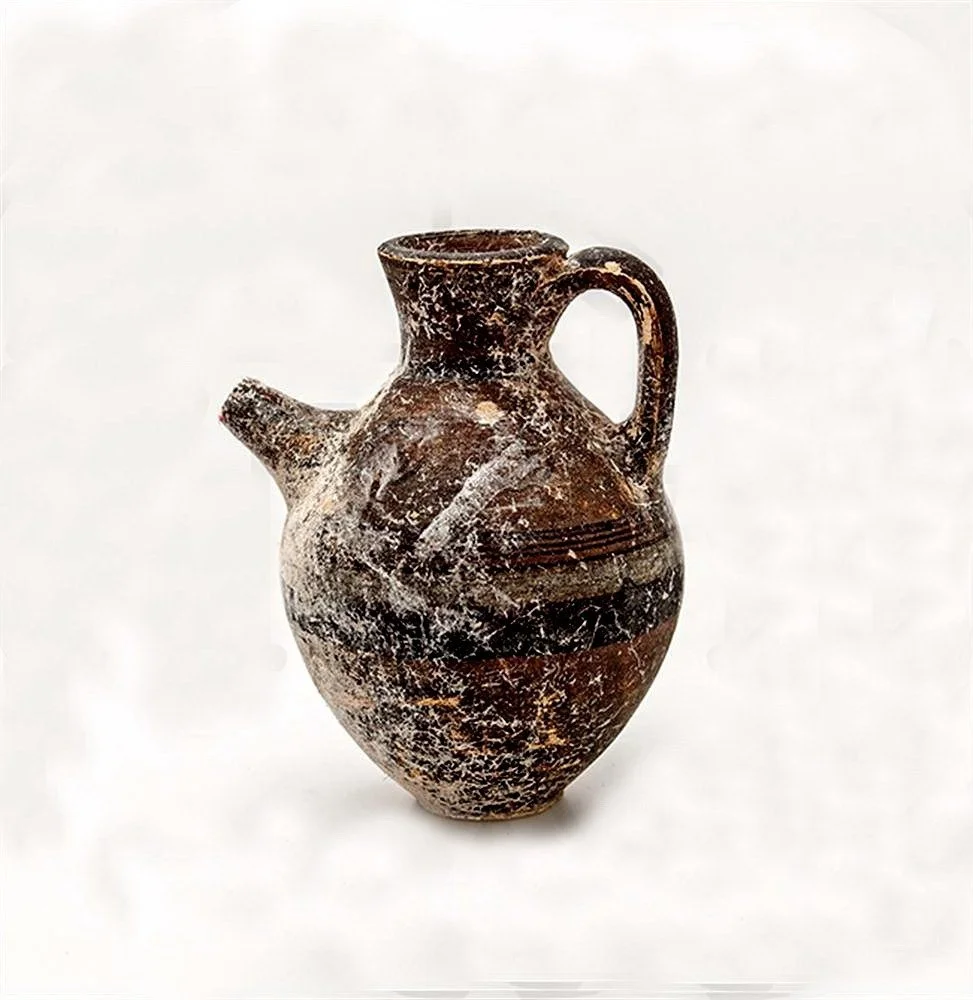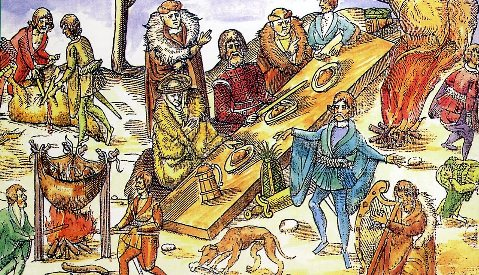With milk, of course, as in every era since the dawn of mankind. But now for the first time, since prehistoric times, mothers were not content with just their own milk to feed their babies, but also used the milk of ruminants such as goats or cows.
The discovery was made by biomolecular archaeologist Julie Dunne of the University of Bristol, who, with her team, examined the remains of three ancient vessels dating from between 1200 and 450 B.C.
These small vases had been found in children's graves in two regions of Germany and until now were considered by archaeologists to be simple grave goods, corresponding to our familiar baby bottles or better the breast pumps, as they were known since ancient times in Greece.
However, after Julie Dunne analyzed the remains left inside the vases, although of course in vanishingly small quantities, she was able to prove with certainty that the milk in the vases came from animals. This led her to the obvious conclusion that both the milk and the utensils had been used to wean the babies.
The fact is that archaeological knowledge about infant feeding in those distant times is very limited, either because it is taken for granted that it was essentially breast milk, or because no further research has been done to date. And this despite the fact that in Greece numerous breast pumps have been found in children's graves and in tombs, mainly of newborns, but also of infants.
Many of these small vases, which can be found in several museums around the country, have animal shapes, such as small pigs or dogs, they were painted with bright colors to appeal to children, and they often had a ball inside them, so they could also be used as rattles.
"We left out the ancient children. So we do not have direct evidence of the kind of food they ate, but we also do not have evidence of how they got it" the researcher says. And indeed, there are few remains from prehistoric children's graves that can be studied to determine the type of food.
But this research has other important parameters beyond detecting animal milk remains and discerning the use of these vessels. For it shows the transition of human societies from prehistoric hunter-gatherer life to pastoral life, which led to improved nutrition from animal milk and gave mothers time and energy to raise more children. An event that in turn led to a huge population explosion.
"We can assume that these vessels are the connection between the ancient world to contemporary urban development and our way of life," says Julie Dunne.
For her, this research was more than just a scientific study, as she says she felt a genuine sense of love and connection to the people who used these prehistoric baby bottles to feed their children.













